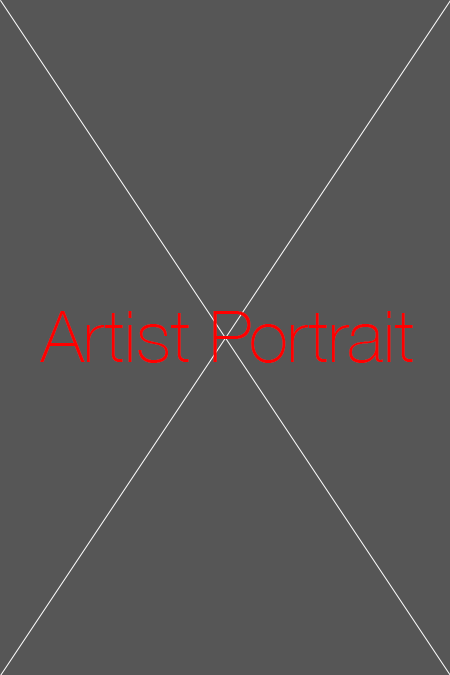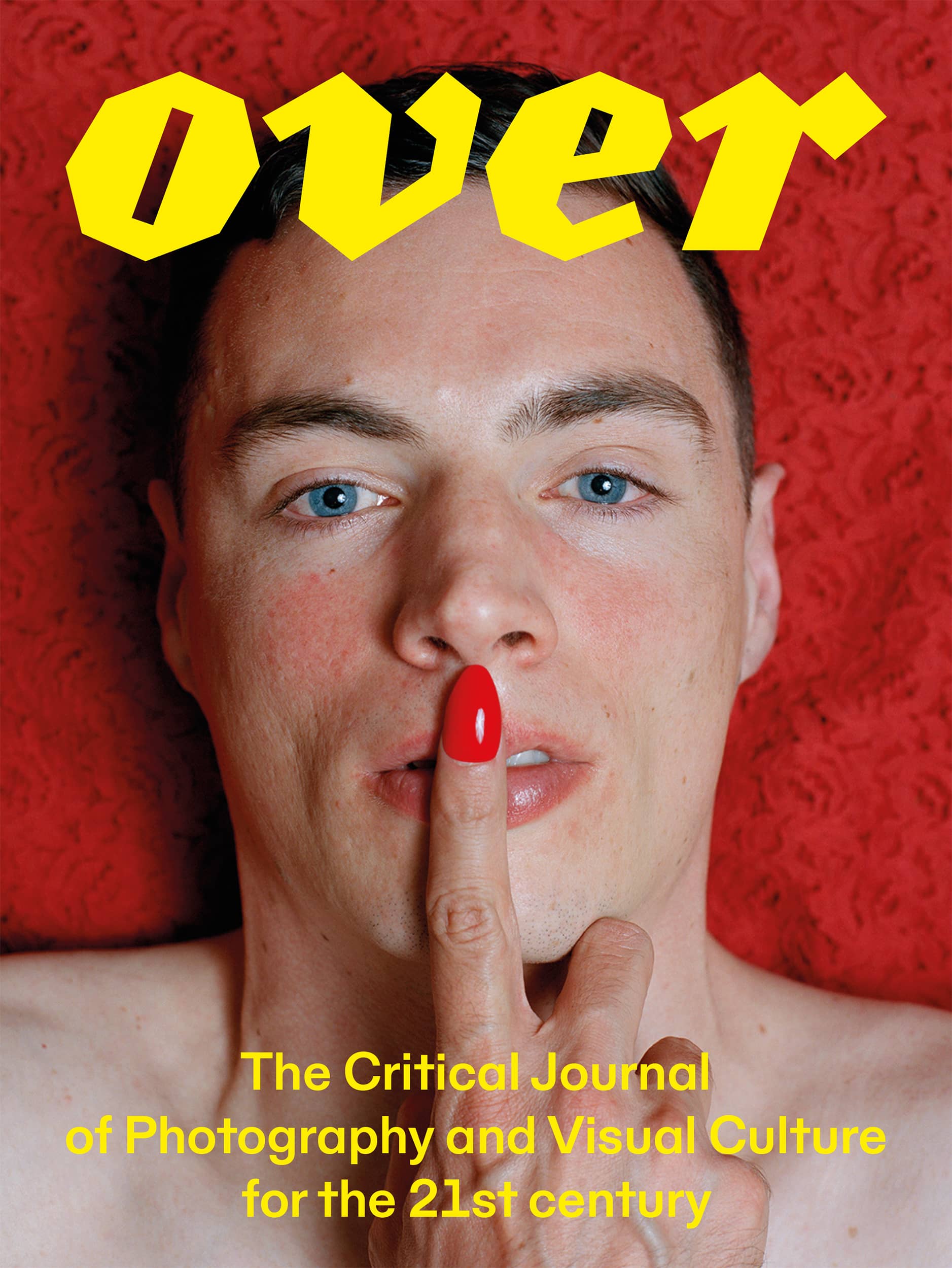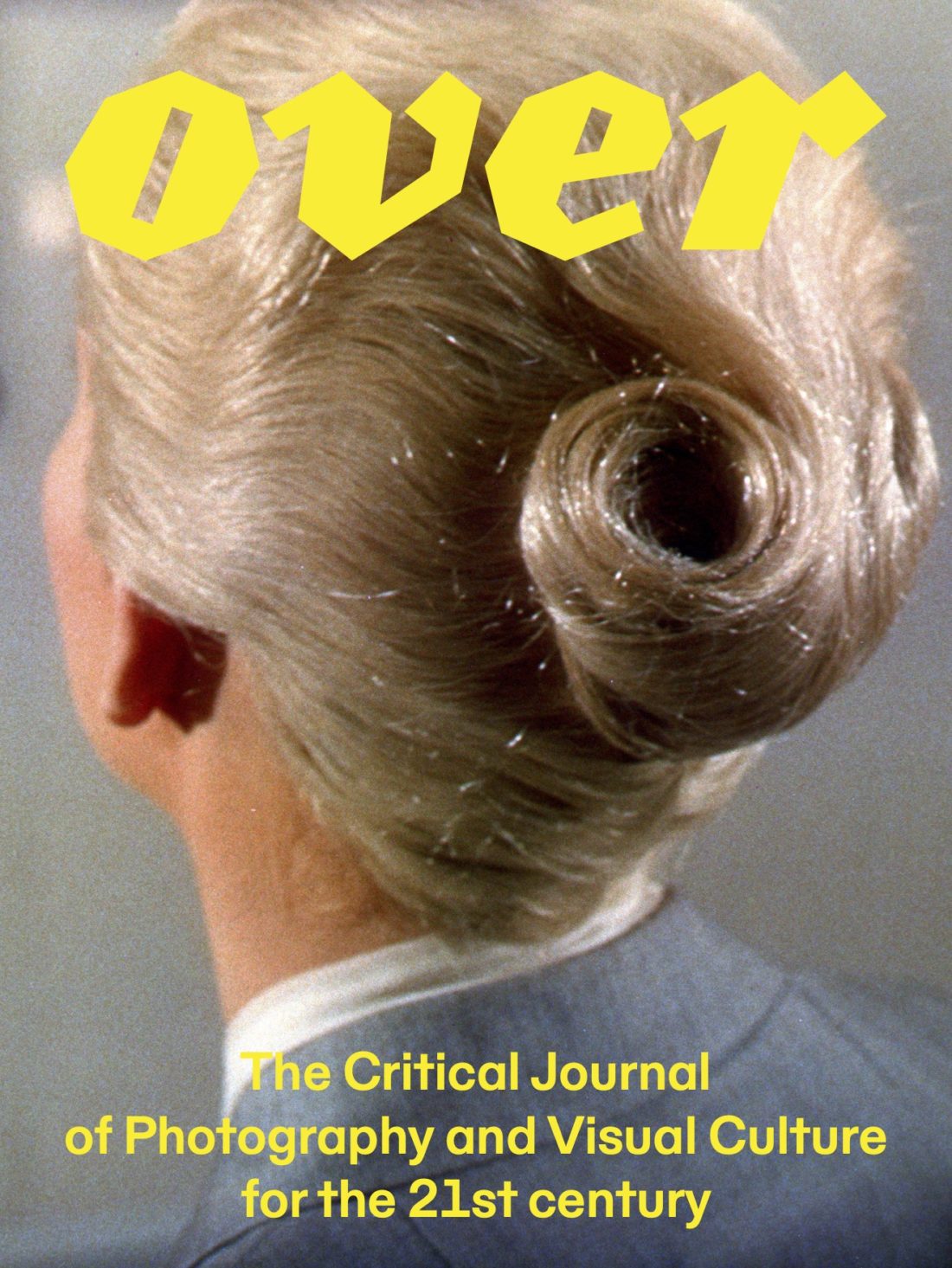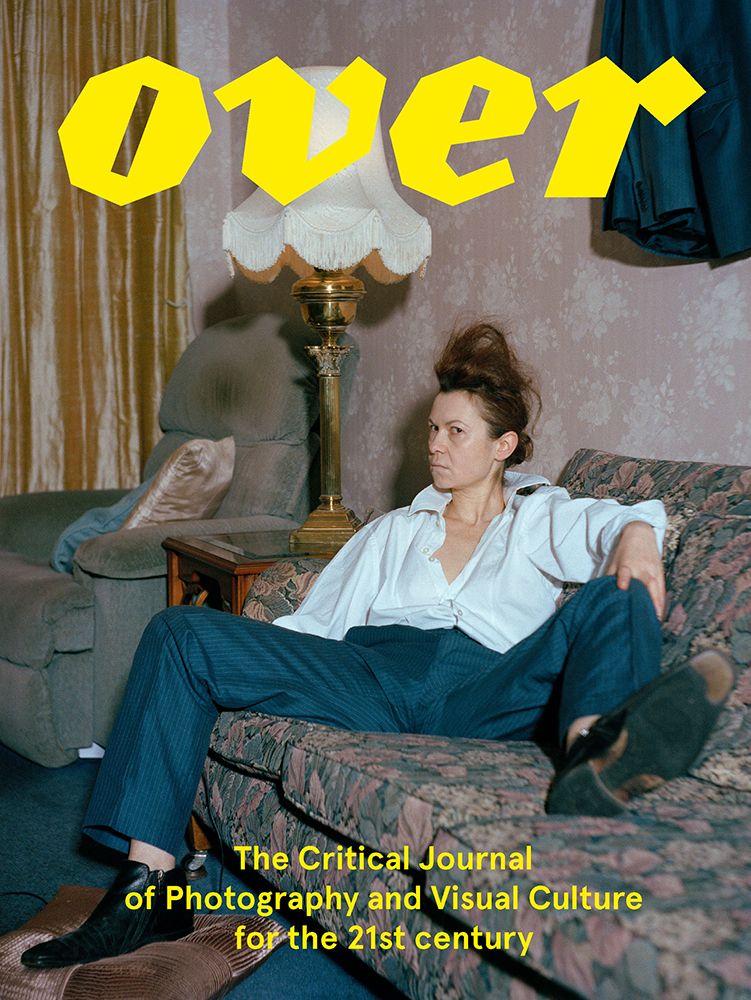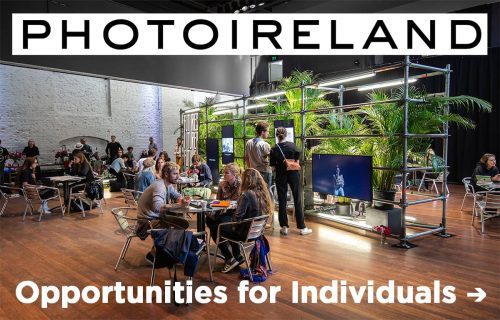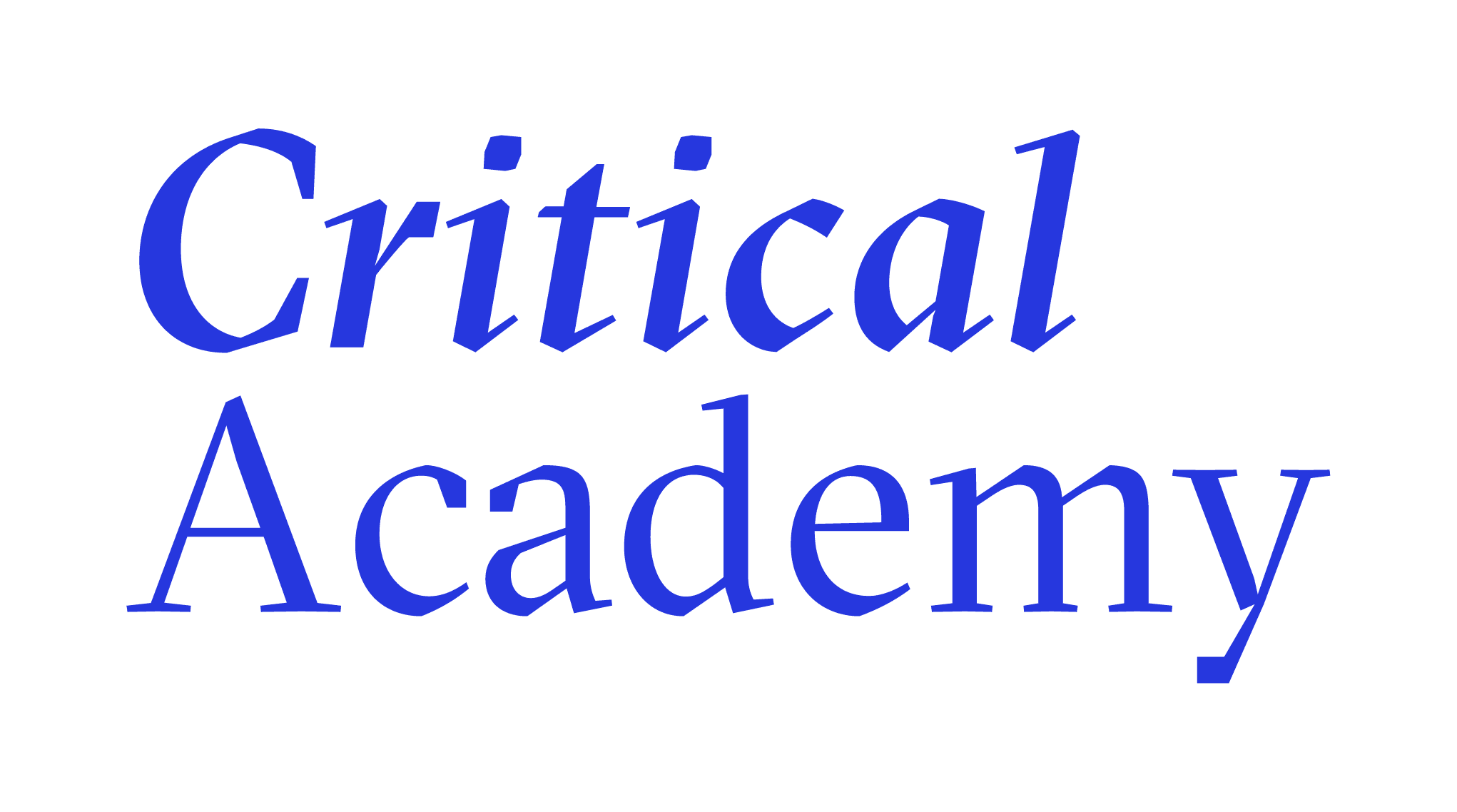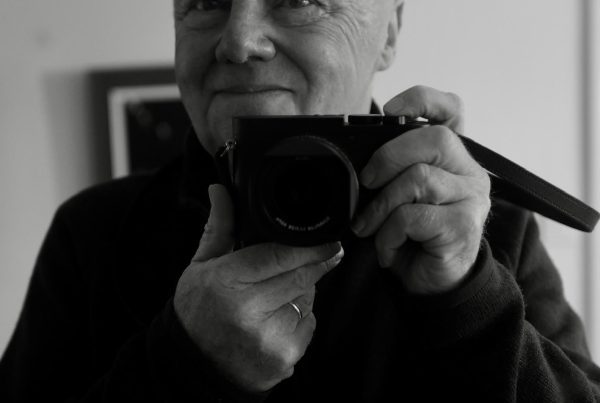
Ailbhe Greaney was born in Galway, Ireland. She holds a Ba Hons Degree in Communication Studies from Dublin City University. In 2000 she was awarded a Fulbright Scholarship to study for her Master of Fine Arts Degree in Photography and Related Media at the School of Visual Arts, New York, under the mentorship of Stephen Shore, Sarah Charlesworth, Collier Schorr and Anna Gaskell. She graduated in 2003 with distinction.
Ailbhe has been a Lecturer in photography at Ulster University since 2007. She is a member of the University’s Art & Design Research Institute (RIAD) and sits on the Cultural Committee of the Ireland United States Alumni Association (IUSA).
1Bio & Career
Ailbhe’s work has been exhibited and published both nationally and internationally, most recently in Belfast, Liverpool, London, New York and Paris. The work ‘Street Flower’, created as part of a residency at the Centre Culturel Irlandais, Paris, directs attention to possibilities within her work-in-progress ‘The Arrangement’ (from Flower Arrangement), of which it is the first chapter. Its selection as one of 50 pieces, out of over 700 international submissions, for Photography Is Magic, places the work in an optimistic context, one where a kind of magic might be “activated in the viewer…. (within which) those transformations and awakenings of perception that art and its processes can prompt” (Charlotte Cotton). Ailbhe has spoken both nationally and internationally at conferences ranging from the Society for Photographic Education Conference ‘Family Values’ in Orlando Florida to‘Fast Forward Women in Photography’ at the Tate Modern, London, where she was selected as one of 15 speakers from over 250 international submissions.The paper ‘States of Colour: Irish and Vietnamese Women after Albert Kahn’s Archives of the Planet’ extends the narrative of the work ‘Street Flower’, engaging with a museum collection, Albert Kahn’s Archives of the Planet, and Museum garden, at Musée Albert Kahn in Boulogne-Billancourt, Paris.
2Projects
- A View Is Where We Are Not (Year) (Listed chronologically)
This work is an exploration of place and the impact that both place and space have on relationships between persons. It is an investigation on the nature of ‘Home’. It endeavors to picture, not individuals who have been left behind, but individuals who have left ‘of’ themselves behind. Presented as diptychs these images present people who have left their first home, their first family, to create a new home and a new family in a foreign place.
These subjects have differing experiences of this new place. Some are expatriates by choice, some by necessity. To leave a place of one’s free will, however, does not always presume a singularity of heart and mind. It is this in between area – which exists in the mind – that is explored; one where loss, hope, memory and imagination create a potency of feeling towards the place in which they do, and yet do not, live. Here, lives are predicated on the hope of one day coming home, or on the fear of one day being forced home. Sometimes the wish and the fear are the same. And, sometimes, this plus time turns potency to abjectness, where the actual reality of a home once hoped for becomes something feared for its potential strangeness.
Where it was possible to visit the subject’s first home, diptychs were created between old and new home. Where it was impossible to visit the place of their birth a ‘third place’ was recreated, thereby forming an imagined diptych, to represent both places in one, which is Neither Here Nor There. This work explores the camera’s ability to create such a ‘third place’ and to realise the imaginary aspects that embody any emotive place. The work studies the transformative powers of photography within our culture, particularly as these powers relate to the reformulation of place and the reconfiguration of memory. This work acknowledges that in a world where freedom of movement is paramount, some people live with an image of home that exists only for them in a photograph or their mind’s eye.
A second strategy within the work reflects on the use of technology in navigating these divides, and in the creation of an impossible View. Again, photographing subject’s living away from ‘Home’, the work explores the use of Skpye in the creation of a virtual ‘Family Portrait’. Operating in diptych and triptych fashion, the subject’s family creates a portrait of the subject through Skype in one place, at the same time as a ‘traditional portrait’ is being made in another. In this way the family portrait may be constructed to represent its visualisation across time and space. Whilst living in a technologically advanced age, it can often be the ‘simplest’ form of communication that is the most difficult to achieve. This project seeks to explore a climate whereby images of people, rooms, trees may be transported within seconds via the internet, but where the viewer may not be able to look upon the actual face of the sender, or the actual room from which it is sent. In this way a person and/or their home-place may be navigated only via representations/simulacrum from the immediate past, with the present out of reach. Thus the very nature of photography, its historical use as a means of communication and tangible record, is explored in a new contemporary, social, technological context.
In some cases never having seen the first homes of these people first hand is an essential aspect in the creation of these photographs. Inspired as they are by the concept of home that exists in our minds, hearts and imagination, as something entirely unique and of our own creation and which is thereby transportable. Here the identity of ‘Home’ is dependent on a kind of mutable distinction and is only known when compared with what it is not or what it could be.
The photographs have progressed over time to encompass people living between Ireland, The UK, Europe, North East Asia, India, South America, Canada and The United States, including single people, couples and families. Often with these people home is identified through another person. In the case of young families, the presence of a third represents the creation of a third place, which at last may be called home.
In leaving for something new, these people have themselves become something new together. This, it seems, is the essence of all leavings.
3
External links & References
- “Ailbhe Greaney” Ulster University https://www.ulster.ac.uk/staff/a-greaney
- “Ailbhe Greaney” Ulster University https://pure.ulster.ac.uk/en/persons/ailbhe-greaney/
- ” Ailbhe Greaney, A View Is Where We Are Not” PhotoIreland Festival 2012 http://2012.photoireland.org/?portfolio=a-view-is-where-we-are-not

